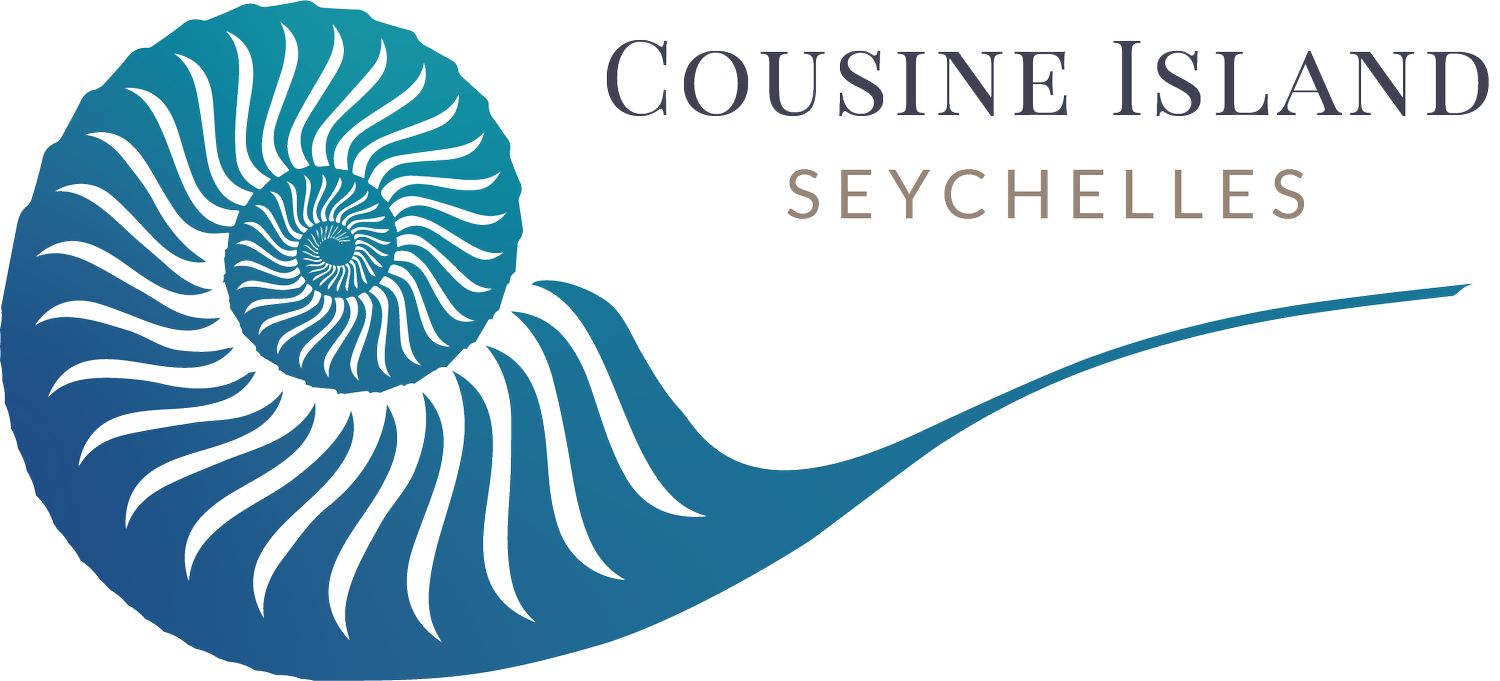À qui appartient l'île Cousine ?
L'île de Cousine est peut-être un paradis aujourd'hui, mais son histoire est riche et mouvementée. L'île a connu de nombreuses phases au fil du temps. Au fur et à mesure que les propriétaires de l'île Cousine changeaient de mains, l'écosystème, autrefois dévasté, a été lentement ramené à la vie.
Nous aimons raconter l'histoire de la résurgence de l'île Cousine, qui a été ramenée du bord de la destruction. Tout repose sur les propriétaires de l'île, qui veillent à ce qu'elle bénéficie des conditions idéales pour prospérer en toutes circonstances. Vous voulez en savoir plus sur les propriétaires de l'île de Cousine ? Poursuivez votre lecture pour le savoir.
Les débuts de la propriété et de l'exploitation de l'île Cousine
La propriété de l'île de Cousine remonte au 19ème siècle, marqué par la transaction entre Louis Pouponneau et Pierre Hugon le 25 décembre 1818. Cependant, à cette époque, les ressources naturelles de l'île ont été sévèrement exploitées.
L'île a été témoin de l'abattage aveugle des arbres Casuarina, qui étaient largement utilisés comme bois de chauffage pour les îles voisines. La faune et la flore, autrefois florissantes, ont subi un grave appauvrissement en raison de la chasse et de la récolte excessives. Un grand nombre d'œufs de sternes fuligineuses, un mets délicat aux Seychelles, ont été récoltés chaque année, ce qui a entraîné l'abandon des colonies de reproduction de ces espèces aviaires.
Les poussins du puffin à queue cendrée étaient également recherchés pour la consommation, ce qui a contribué à une diminution drastique de la taille de leur population. Diverses cultures telles que la noix de coco, les bananiers, le tabac et l'herbe fatak ont été introduites, amenant des espèces étrangères sur l'île et perturbant son équilibre naturel.
Autour des côtes, la vie marine, y compris les tortues, est devenue la proie de l'exploitation. Les tortues vertes étaient chassées pour leur chair et les tortues imbriquées pour leur carapace.
C'était une période sombre de l'histoire de l'île Cousine, mais elle n'a jamais perdu espoir.
La transformation en une île paradisiaque
En 1992, les propriétaires actuels ont acquis le terrain. L'île leur a parlé de sa sombre histoire et ils ont développé une vision de restauration et de préservation. Le voyage de l'île Cousine vers le paradis terrestre a commencé.
Le projet de restauration a commencé par l'élimination de tous les animaux de ferme et des arbres Casuarina non indigènes. Ce n'était que la première étape du rétablissement de l'équilibre naturel de l'île. Des arbres indigènes et endémiques ont été plantés tout autour de l'île, avec plus de 8 000 arbres ajoutés depuis 1992.
Grâce à des efforts de conservation dévoués et ciblés, l'île de Cousine renaît de ses cendres tel un phénix. La faune naturelle a repris vie. La population de puffins à queue cunéiforme est remontée en flèche et les couples reproducteurs prospèrent à nouveau. Le retour des sternes fuligineuses, après 30 ans d'absence, a été le signe que l'île allait à nouveau dans la bonne direction.
Depuis lors, l'île de Cousine est devenue un refuge pour les espèces menacées, avec des réintroductions réussies d'autres espèces sauvages indigènes. La pie-robin des Seychelles, autrefois au bord de l'extinction, a trouvé refuge sur Cousine, et sa population est désormais florissante sur toute l'île. Des tortues géantes ont également été réintroduites et font désormais partie intégrante de l'accueil des visiteurs sur l'île de Cousine.
Préserver l'île de Cousine pour les générations futures
L'engagement de l'île Cousine à préserver son patrimoine naturel commence par sa propriété et sa gestion. Les propriétaires actuels de l'île ont mis en œuvre des programmes de conservation complets qui donnent la priorité à la restauration de l'habitat, à la réintroduction d'espèces et à la surveillance continue de l'écosystème.
La gestion de la biodiversité de l'île est essentielle pour la sortir de sa sombre histoire. Bien que des efforts considérables de conservation aient été déployés depuis 1992, l'île Cousine a encore un long chemin à parcourir. Elle est déjà un paradis sur terre, mais nous devons continuer à en prendre soin pour qu'elle devienne l'île qu'elle a été créée pour devenir.
Pour poursuivre sa croissance, les propriétaires utilisent des pratiques durables dans les opérations quotidiennes de l'île, en plus des efforts de conservation. La conservation de l'énergie, comme l'énergie solaire, la gestion des déchets, y compris le recyclage et le compostage, et les mesures de conservation de l'eau sont toujours une priorité absolue. Ces mesures s'ajoutent aux efforts de récupération déployés pour réduire l'impact environnemental sur l'île de Cousine.
L'éducation et l'engagement de la communauté sont également des éléments clés de la stratégie de durabilité de Cousine. Nous nous engageons activement auprès des visiteurs par le biais de programmes de sensibilisation et d'initiatives d'écotourisme. Et bien sûr, lorsque vous visitez l'île, elle parle d'elle-même.
En partageant notre histoire de durabilité, qui consiste à ramener l'île de Cousine du bord de la destruction, nous pouvons inspirer tous nos hôtes à commencer à agir. Ce n'est pas seulement l'île Cousine qui doit être gérée et protégée, mais notre planète tout entière.

